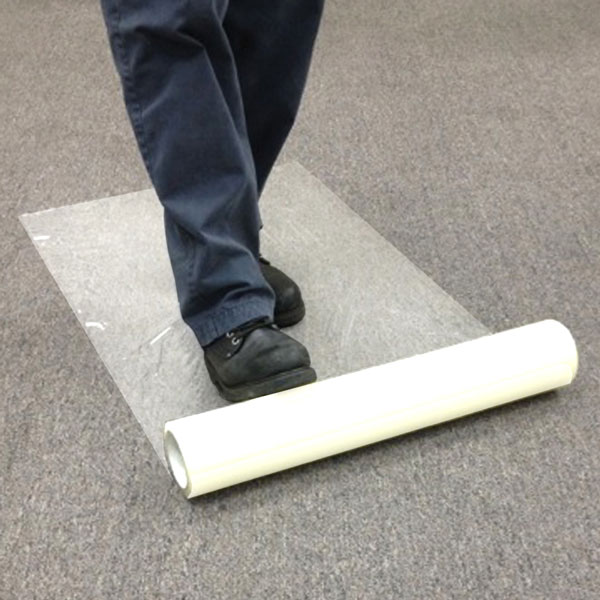Carpet film is a popular protective solution used in various settings, particularly during remodeling, construction, or renovation projects. This temporary protective covering shields carpets from dirt, dust, spills, and damage, making it an essential tool for homeowners and professionals alike. Below, we explore the various aspects of carpet film, including its types, benefits, application, and maintenance.
What is Carpet Film?Carpet film is a thin, durable plastic sheet designed to adhere to carpet surfaces, providing a layer of protection against wear and contamination. Typically made from polyethylene, carpet film has an adhesive backing that allows it to stick to carpets without leaving residue when removed. The film is available in various widths and lengths, suited to different needs and carpet types.Types of Carpet Film.1. Self-Adhesive Carpet Film: This type features a sticky backing that bonds to the carpet fibers. It’s easy to apply and remove, making it ideal for short-term projects.2. Non-Adhesive Carpet Film: While this version may not stick directly to the carpet due to adhesive properties, it is often used with tape or other methods to hold it in place. This can be preferable for delicate carpets.3. Heavy-Duty Carpet Film: Designed for high traffic and intense conditions, this variant is thicker and more robust. It's often used in commercial settings where maximum protection is required.Benefits of Carpet Film.1. Protection: The primary advantage of carpet film is the protection it offers. It guards against spills, stains, and heavy foot traffic, reducing the risk of permanent damage to the carpet.2. Cost-Effective: By preventing damage, carpet film can save homeowners the cost of carpet cleaning or replacement. It's a small investment that can yield significant savings in the long run.
Easy Application and Removal: Carpet film is designed for user-friendly installation. It can be laid out easily and removed without hassle, typically without leaving behind adhesive residue.4. Versatility: Carpet film is suitable for various environments—from residential spaces during renovations to commercial settings during construction.5. Customizable: Available in different sizes and thicknesses, users can select a product that best fits their specific needs.How to Apply Carpet Film.1. Clean the Carpet: Ensure the carpet is clean and dry before applying the film to avoid trapping dirt or moisture underneath.2. Measure the Area: Determine the amount of carpet film required by measuring the area you want to protect.3. Cut to Size: If necessary, cut the film to the desired size using scissors or a utility knife.4. Apply the Film: Starting at one end of the area, unroll the film and press it onto the carpet, smoothing out any bubbles or wrinkles as you go. For self-adhesive film, gently press down to secure it in place.5. Trim Excess: Once the film is in place, trim any excess material for a tidy finish.Maintenance and Removal.While carpet film is designed to withstand various conditions, regular inspection during its use is recommended. Remove the film once the project is complete, or if it becomes excessively dirty. To remove, simply peel it off the carpet slowly to avoid damaging the fibers beneath.
Carpet film is an invaluable investment for anyone looking to protect their carpets during renovations or construction. Its ease of use, effectiveness, and cost-saving benefits make it a go-to solution for both homeowners and professionals. By understanding the types and proper application of carpet film, users can ensure their carpets remain pristine and well-maintained throughout various projects.









